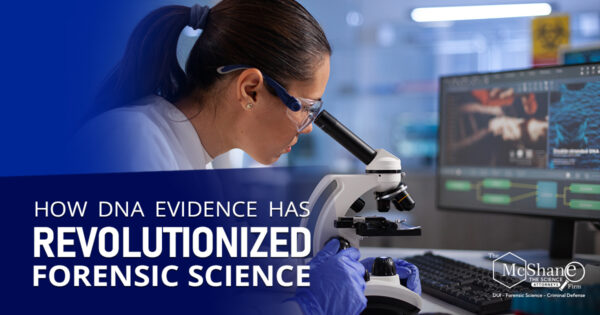DNA evidence has revolutionized forensic science and has become a powerful tool in criminal investigations and courtroom proceedings. In this blog post, we will explore how DNA is used in the forensic science context and in the courtroom. DNA, or deoxyribonucleic acid, is a complex molecule found in every cell of the human body. Each […]
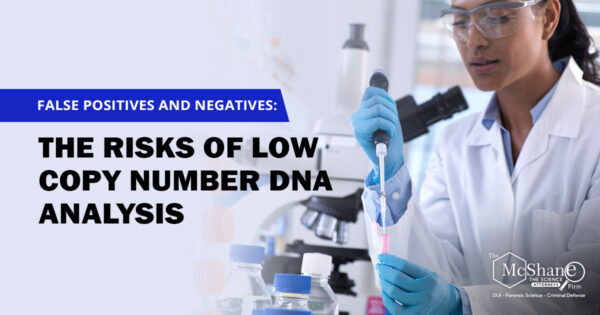
False Positives and Negatives: The Risks of Low Copy Number DNA Analysis
Touch DNA and low copy number (LCN) DNA are two types of forensic DNA evidence that have become increasingly important in recent years. In this blog post, we will explore what touch DNA and LCN DNA are, and how they are used in criminal investigations. Touch DNA refers to DNA that is left behind when […]
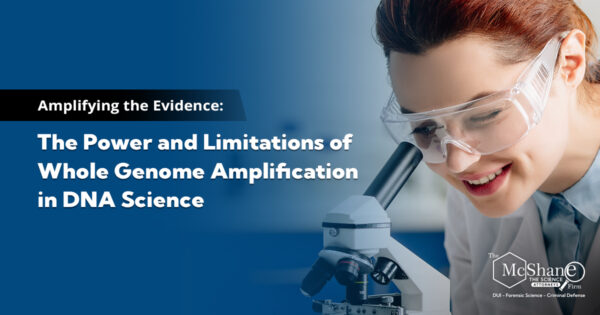
Amplifying the Evidence: The Power and Limitations of Whole Genome Amplification in DNA Science
Whole genome amplification (WGA) is a technique used in DNA science to amplify very small DNA samples. It allows forensic scientists to extract and amplify DNA from samples that are too small to be analyzed using traditional methods. In this blog post, we will explore what WGA is, its limitations, and how it is being […]

Balancing Privacy and Public Safety: The Role of 23andMe’s DNA Database in Criminal Investigations
In recent years, law enforcement agencies have increasingly turned to third-party DNA companies, such as 23andMe and AncestryDNA, to help identify perpetrators of crimes. Law enforcement agencies have increasingly turned to third-party DNA companies, such as 23andMe and AncestryDNA, to help identify perpetrators of crimes because of the potential for genetic genealogy to provide new […]
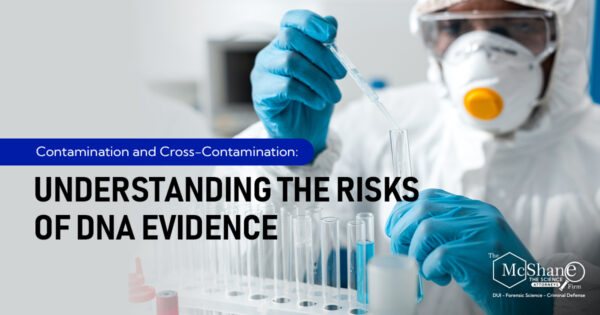
Contamination and Cross-Contamination: Understanding the Risks of DNA Evidence
There is a particular danger that attaches to DNA evidence. Thanks to the widespread viewing of fictional crime dramas, there is a built in prejudice that jurors have that DNA evidence means guilt. This is not so. It is not automatic. One way that DNA evidence can be falsely used in a case is due […]
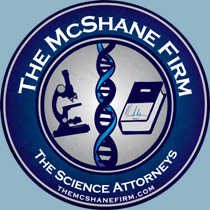
Low Copy Number DNA and Forensic Statistical Tool fail Frye test
Low Copy Number (LCN) DNA and a mixture DNA interpretation have been a subject of parts of blog posts here in the past. On November 7, 2014, Brooklyn based Justice Mark Dwyer has issued an opinion the LCN DNA and a specific type of diagnostic and alleged statistical tool for the interpretation of mixture DNA […]

CODIS, NDIS, SDIS, Familial Searching (Partial Match and moderate stringency) and Arrestee and Offender Database Searches versus expungment
Are results expunged from the CODIS or SDIS databases and why should I care one way or another? Maybe you are like me. I like it when crimes are solved. I like it when the true perpetrator is arrested, fairly tried and convicted. I like that there are prisons to house the truly dangerous. But […]

DNA post-conviction-DA objections
DNA post-conviction-DA objections It is unfortunate when we read about District Attorney’s offices that object to DNA testing in post-conviction cases. They often cite that the prisoner is untimely in his or her request and there is no statutory basis for it. They argue that the conviction has become final. It seems in so arguing […]

Hands-on DNA Training for Lawyers
Hands-on DNA Training for Lawyers On November 15-17, 2013, the defense bar got a big boost in its quest to promote justice. In over 23 hours of hands on training, twenty attorneys assembled at Boise State University to learn DNA analysis. The course itself was taught by Dr. Greg Hampikian, Laura Wendell and Mike Davis. […]

The Forensic Lab Worker Retirement Plan Again: Screw up Tests, Skip Steps…. Retirement Life
Ahh yes. It’s time for our latest edition of “Lifestyles of the Newly Retired.” Here is another example of the greatest retirement plan in all of government. If you do bad science, with potential false convictions or undue exonerations, you are tampering with evidence. In all 50 states and in the federal system, tampering with […]

Chemical Measurement Process and The Calibration Function: How to best calibrate an instrument used in forensic science
The technical goal of any calibration related effort is t0 achieve a meaningful and valid CMP. According to The International Union of Pure and Applied Chemistry (IUPAC): Chemical Measurement Process (CMP): An analytical method of defined structure that has been brought into a state of statistical control, such that its imprecision and bias are fixed, […]

